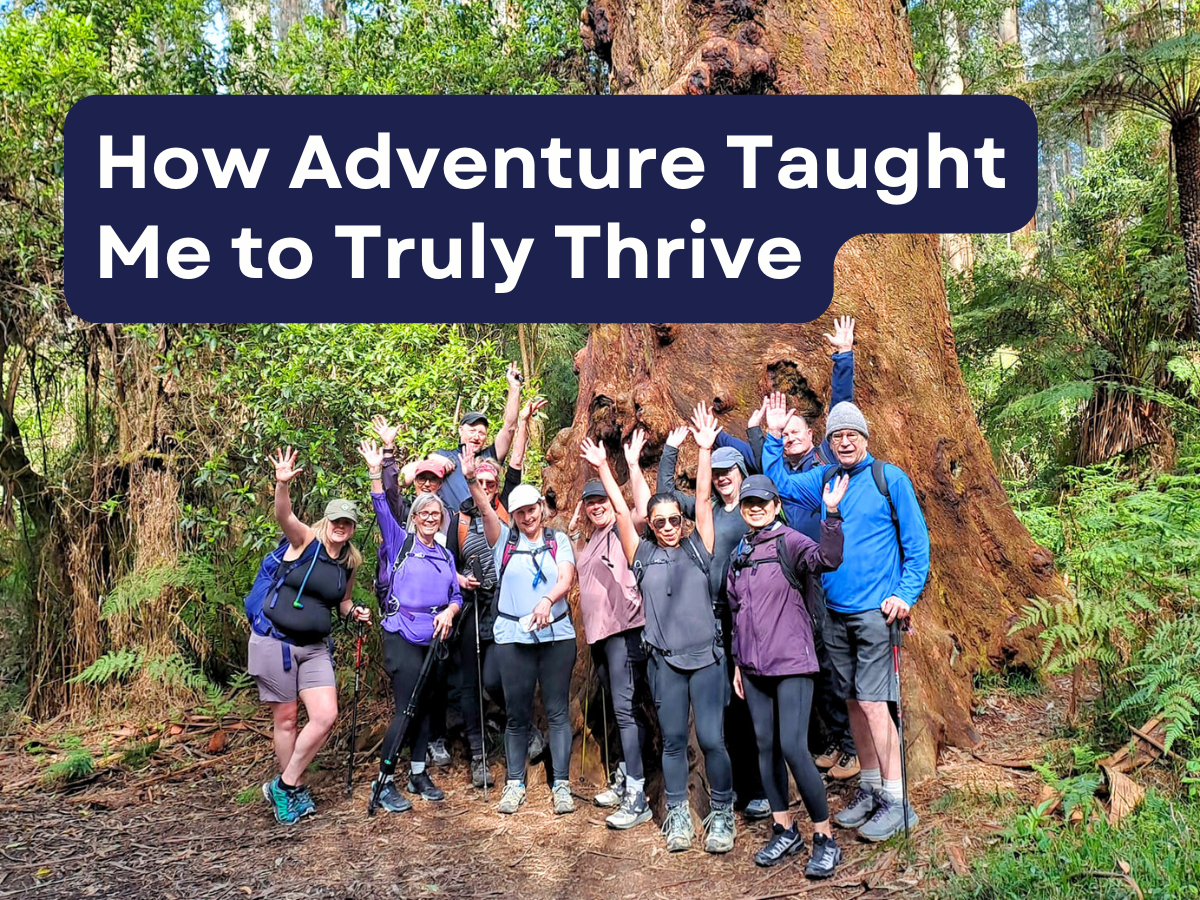For a long time, I thought thriving was about doing more. More fitness, more knowledge, more training, more productivity, more achievement. I had my wellbeing formula down—exercise, eat well, work hard, rest when needed, and repeat. It seemed logical. But logic doesn’t always align with reality.
The reality? I was often running on empty, caught in the burnout cycle we’re all too familiar with. First, push hard and feel productive for a little while, but then crash and fall into a heap. Spend a bit of timeout to recover just enough, and do it all over again. I wasn’t alone. The more I worked with others in health, fitness, or corporate teams, the more I saw the same pattern. What we once wore with a badge of honour as women, we started to realise that there had to be more than just years of the same exhaustion and disconnect.
After 15 years as a fitness coach and nutritionist, I started taking people outdoors. At first, I thought hiking and adventure were just fun add-ons, a break from routine. But as I watched people change their lives for the better, I started to see what was missing. What we were all missing. We weren’t just overworked. We were nature deficient.

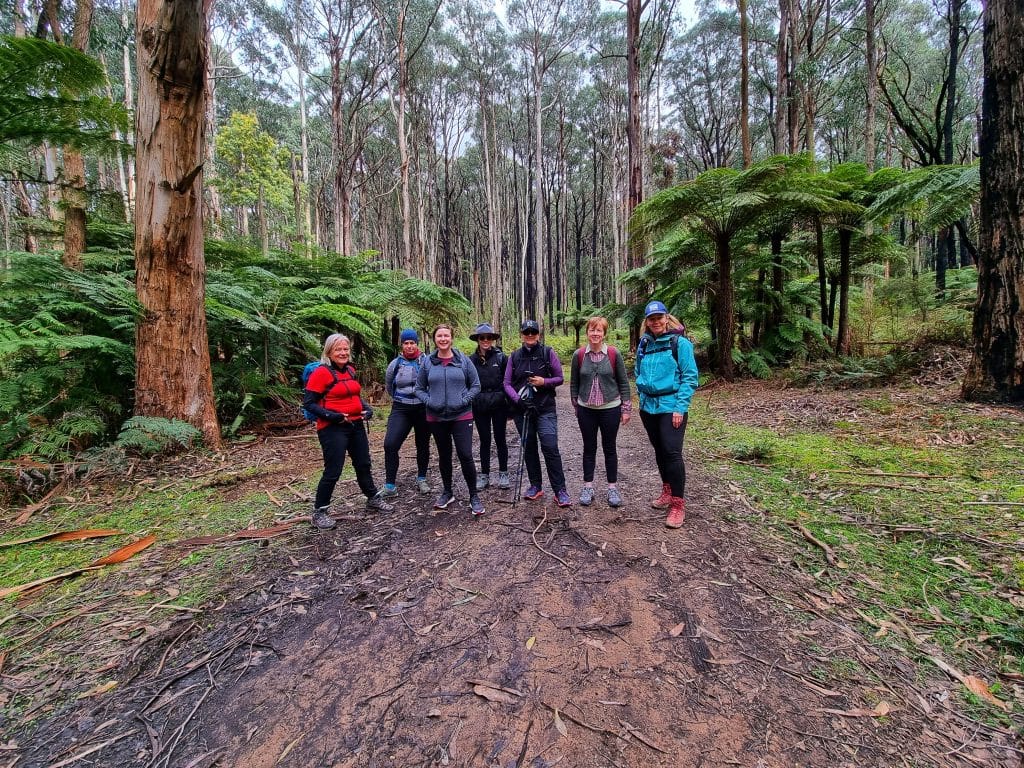
What is Nature Deficit Disorder?
Nature Deficit Disorder is a real and growing issue. Coined by Richard Louv, it describes the mental, emotional, and even physical toll of being disconnected from nature. It’s the restlessness, anxiety, lack of focus, burnout, and disengagement that come from a life spent indoors, in front of screens, and constantly “on.”
For me, it was the feeling that no matter how much I did, I still felt I hadn’t done quite enough. For others, it looks like stress, fatigue, decision fatigue, or even just a general sense of being “stuck.” The solution doesn’t stop at simply going outside, however. It’s about how we engage with nature.
The path to thriving goes through nature
At first, I approached nature the same way I approached fitness: like a task. A hike was a workout. A walk in the park was a chance to stretch my legs or, worse still, nature was only a place to recover and escape from the busyness of my life. I was missing the bigger picture. When I started immersing myself in nature through adventure, something shifted. I wasn’t just ticking a box anymore. I was experiencing challenge, uncertainty, awe, and a deep connection to my surroundings.
The first time we did our first group overnight hike to Beeripmo, Mount Cole, I noticed a special moment. With legs burning, lungs working hard, and faces cold from wind and drizzly rain, we came to a point where we could look out at the view. I looked over at the group as they marvelled at the sight in front of them just as the sun finally streamed onto the landscape and it was like nothing else. Then, after sharing food around the fire and telling stories of how we slept as we walked back down, something clicked. It wasn’t just the view or the sense of achievement. It was the clarity, the space, the stillness inside that I hadn’t felt in years.
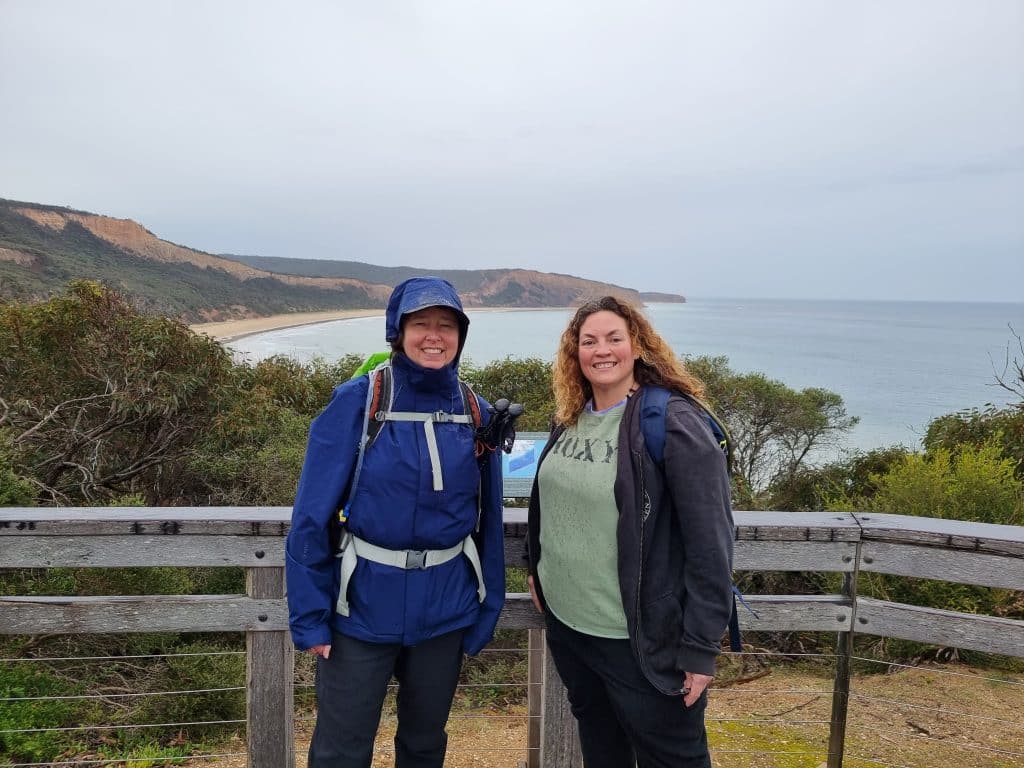
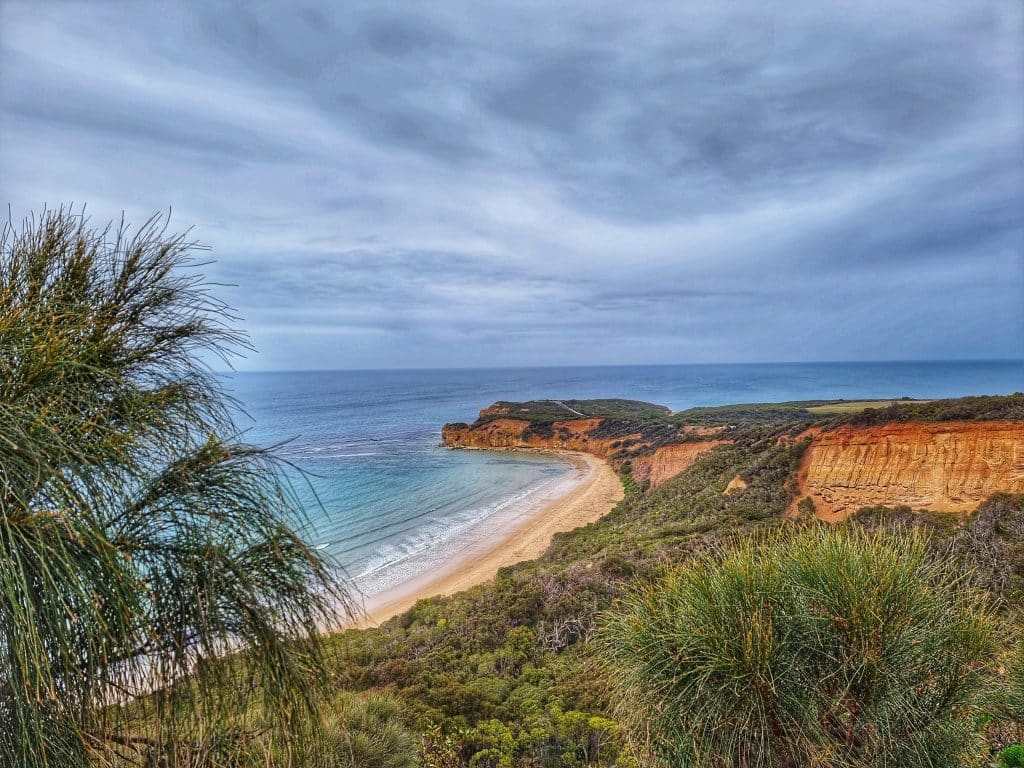
I started noticing it in the people we took on our hikes. At the start, they’d be caught up in their own stresses like emails, work, responsibilities – those things we are all too familiar with. But after spending a while on a hike, especially on day two, something changed. Their posture softened. Their conversations deepened. Their energy returned. Not because they “rested”, but because they reconnected with themselves, with the environment, and with a sense of adventure.
Less is sometimes more with adventures
A big expedition is amazing but the truth is, we don’t need to climb mountains in the Himalayas to break free from a nature deficit. Micro-adventures—short, accessible outdoor experiences—offer the same benefits in a way that fits into everyday life. A weekend hiking trip instead of another rushed city getaway. A sunset kayak instead of a Netflix binge. A walk or run on the trail before work instead of another coffee-fuelled morning. It doesn’t have to be extreme. It just has to be intentional.
The burnout cycle vs. the adventure mindset
Most of us live in the cycle I mentioned before: push, crash, recover, repeat. It’s how we’ve been trained to approach work, fitness, and even our own wellbeing. But what if we stopped seeing life as a straight line of effort and recovery and started seeing it like a mountain range full of peaks, valleys, obstacles, and breathtaking moments?
That’s what an adventure mindset does. It teaches us to embrace the unknown, navigate challenges, and find flow instead of burnout. When I started seeing life this way, everything changed. I no longer needed to “earn” my rest. I no longer saw nature as just a way to recharge. I saw it as the foundation of my energy, creativity, and resilience. And the best part? This shift isn’t just personal. It changes how we lead, how we work, and how we show up in the world.
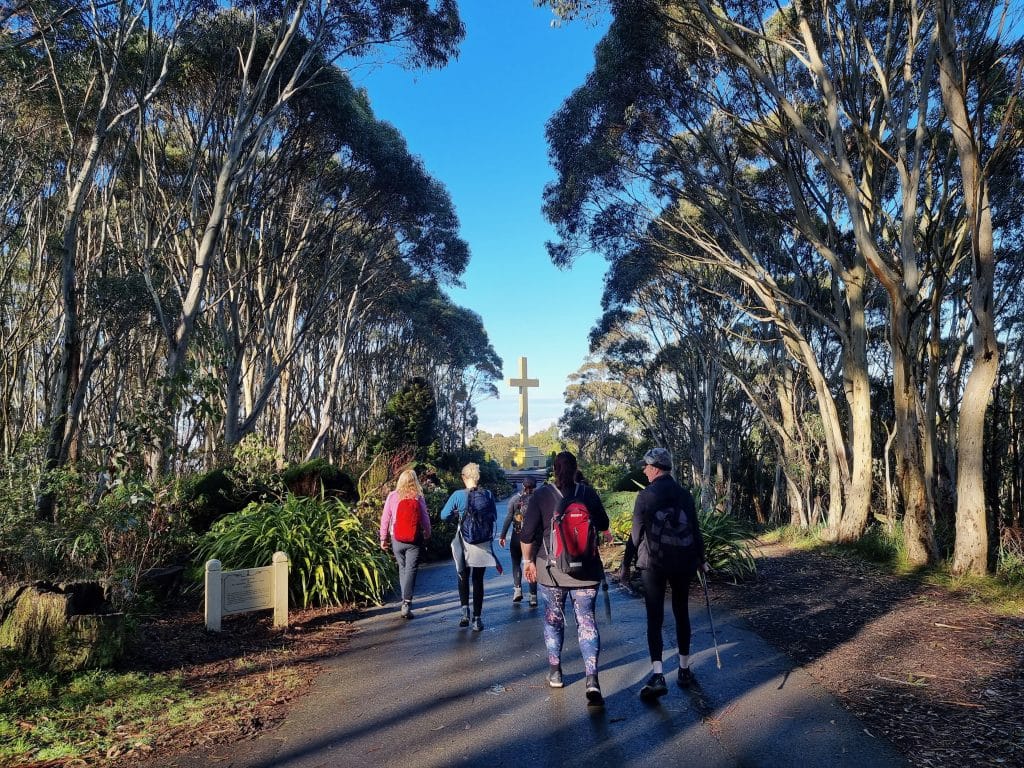
So here’s the question: Does your version of wellbeing include regular time outdoors?
Not just a quick walk. Not just a weekend getaway once a year. Real time in nature. Time that challenges you, shifts your perspective, and reignites something deep inside. If not, it’s time to change that. Nature shouldn’t be a place we need to escape to, it should be a place where we can remember to thrive.


